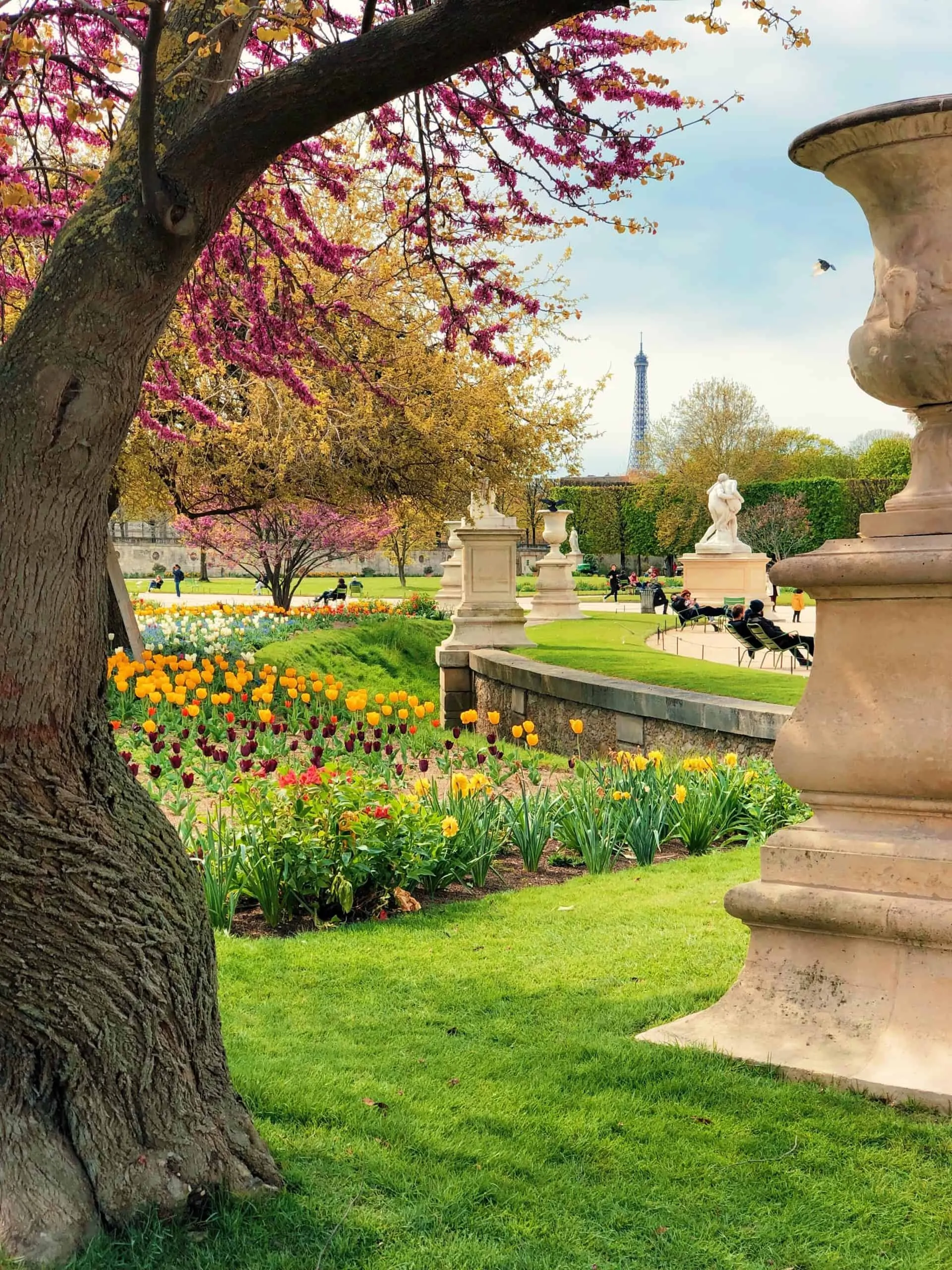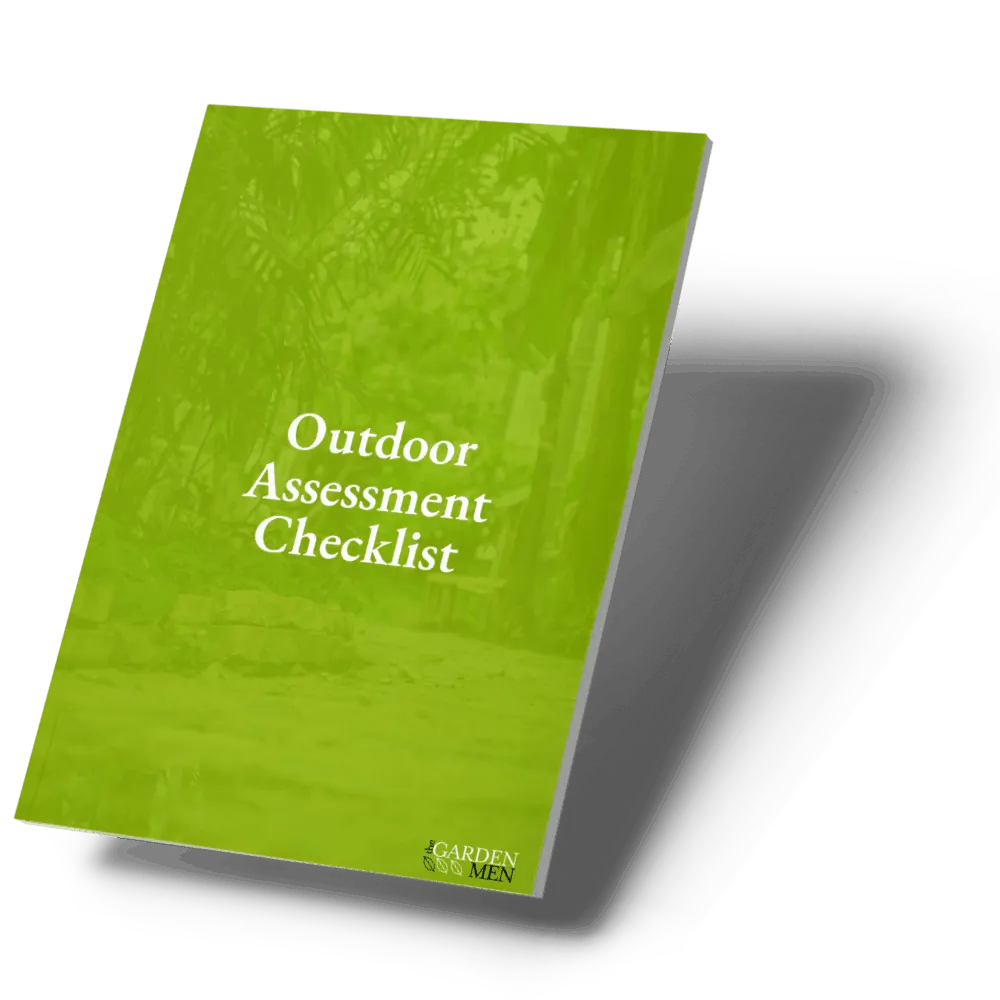It’s a given that no strata development is complete without a comprehensive landscaping scheme. Outdoor green spaces increase a property’s aesthetic, ensure the physical and psychological well-being of its residents, and cement (pun somewhat intended) the strata property’s place in its surrounding neighbourhood.
With the changing climate and risk of brushfires, The City of Sydney has adopted the Greening Sydney Plan—landscape codes for safe and sustainable residential properties that are critical to land use approval. Thankfully, they outline common sense features essential to every functional and enjoyable strata property.
Here are just a few landscape design features that make municipal planners just as happy as your residents and strata property managers:
Diversity and scale
An effective strata garden incorporates trees, shrubs, groundcover plants, perennials, and bedding plants that complement their surroundings. How quickly do they grow?
- Trees: Mature canopies should provide adequate shade without completely blocking light and airflow. Don’t forget to consider how bark and leaf textures can complement or clash with neighbouring structures and plants, and how the landscape will look when deciduous trees drop their foliage.
- Shrubs and ornamental grasses: Make the most of shrubby plants to create visual depth and connection with ground-hugging plants and trees. Consider using formal or informal hedges to your advantage as they help define boundaries and serve as privacy screens. As with trees, size, silhouette, colour, and texture define their aesthetic and utility within the strata landscape.
- Bedding plants: Compact annuals and perennials add seasonal colour and fragrance at the base of larger species, or in raised beds and containers.
- Turf and groundcover plants: Choose the right soil-hugging species for sunlight needs and compatibility with neighbouring plants’ irrigation requirements. Save turf for recreation or relaxation areas whenever possible. Sprawling groundcovers can keep the soil cool and hydrated, fill in spaces between pavers.
Urban planners favour native species whenever they’re appropriate and available, especially if they’re fire-resistant and suitable for low water xeriscape gardens. At the same time, your strata landscaping elements should fit in with surrounding properties; this can be a challenge when your development site is adjacent to established landscapes designed around less-than-contemporary principles but skilled landscaping professionals can help you bridge the gap.
Sustainability
We’ve already touched on water saving and brushfire-resistant plants, but Sydney’s recommended sustainability schemes go far beyond zoned low-pressure irrigation and minimising turf areas. Here are a few tricks for managing runoff that protect municipal storm drain systems and local wildlife, preserve your landscape’s topsoil, and make the best use of rainfall for your own irrigation requirements.
Water runoff management
Slow down surface flow, reduce puddles, and retain soil moisture by eliminating solid concrete or stone surfaces wherever it’s safe to do so. Amend soil paths and low-lying areas with garden sand to improve drainage, and consider adding mulch to maintain consistent moisture and temperature, and prevent erosion around bedding plants, shrubs, and trees.
Funnel gutter systems away from foundations and into rain barrels or well-draining channels filled with crushed rock and water-loving plants, and consider adding a living roof to reduce runoff altogether.
On a larger scale, naturally-landscaped drainage swales can direct runoff from parking areas and other large, paved surfaces to other landscaping areas.
Climate control
Deciduous trees provide shade in the summer and allow sunlight to warm buildings and spaces in the winter. Outdoor living walls or vertical gardens—very popular with new developments—add another insulating layer. Dense evergreen hedges are an excellent choice for blocking wind and noise, while more open shrub species allow for refreshing breezes. Tropical plants can raise humidity in protected garden spots, especially when they’re irrigated with mist or spray emitters, and leaf colour, reflectivity, and shade can enhance both the mood and lighting of a landscaping space.
Here’s another tip: Save your heat-absorbing slab patios for shaded, North-facing areas. Permeable surfaces keep sunny, southern areas a bit cooler by reducing thermal mass.
Resource-saving irrigation
Low-pressure irrigation schemes are affordable to install and maintain, and are the foremost tool in keeping your plants healthy. Create zones with low-pressure irrigation so plants get only the water they need when and where it serves them best. Time irrigation for cool mornings when the plants have all day to utilise the moisture, and consider supplying your irrigation system with harvested rainwater.
As a bonus, your residents will appreciate not being doused by inefficient (and startling!) sprinklers.
Safety considerations
Strata landscape requirements go far beyond planting schemes and involve permanent “hardscaping” features outside our expertise. However, as commercial and strata management landscape professionals, we work with planners to quite literally soften the lines between utility and aesthetics. Here are some tried-and-true ideas for your strata garden safety plan:
- Use shrubs and hedges to replace artificial barriers and conceal utilities and trash bins. (Be sure maintenance workers have plenty of access!)
- Select firm, natural, graded substrates for informal walkways and recreation paths.
- Bounce landscaping lighting off brightly-leafed plants to increase pathway illumination without that “prison yard” feel.
- Install water features safe for children and pets.
- Choose shrub and tree species that don’t drop slippery leaves and fruit on walkways.
Need help with your Sydney strata development’s landscaping plan?
We’re happy to consult with your planning team to come up with landscaping solutions that meet or exceed municipal safety codes and Greening Sydney Plan. Beyond that, our gardening professionals can advise you on long-term maintenance expectations as your landscape species mature, and tell you how to get them started with the right soil improvements, nutrients, and irrigation. Contact us today to get started!






